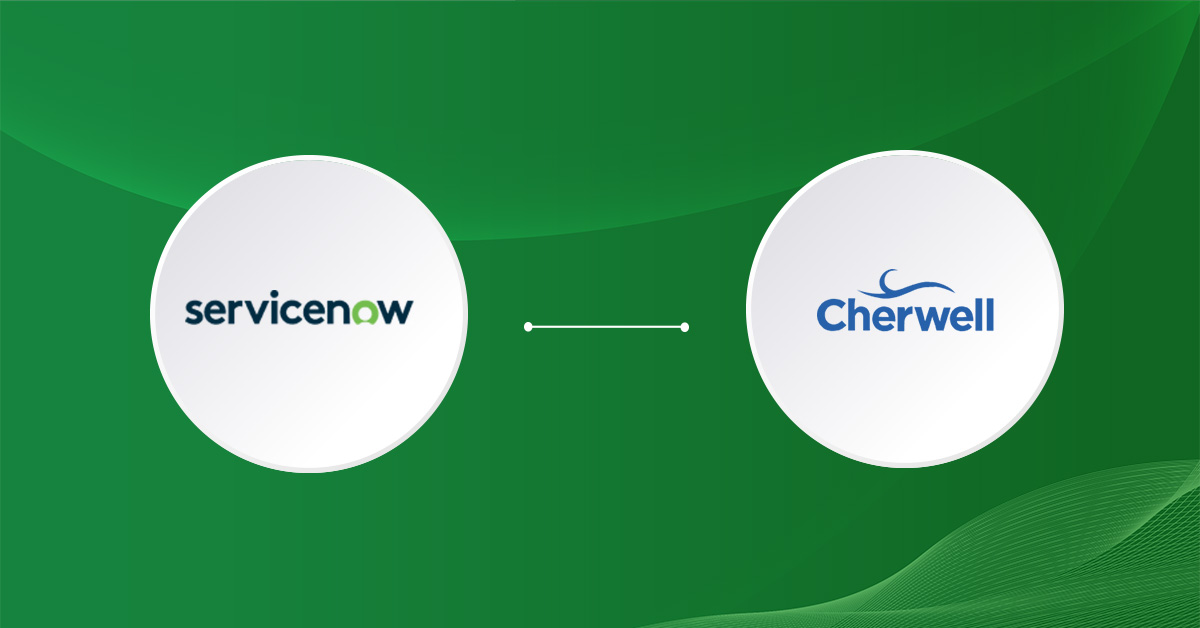Service Now to Cherwell Migration
Client: Charter

Replacing ServiceNow with Cherwell: A $10M ITSM Transformation
Background and Challenge
When tasked with migrating from ServiceNow to Cherwell, the team faced a
monumental challenge: a hard deadline of just 10 months to complete the
transition before the ServiceNow contract expired. The scope of the project
was immense, with the new system needing to support over 100,000 users and
replicate all functionality provided by ServiceNow. The stakes were high, and
failure was not an option. Meeting this deadline required careful planning,
precise execution, and continuous stakeholder engagement, all while balancing
day-to-day responsibilities.
Strategic Approach
Initial attempts to gather requirements through interviews with individual
teams proved to be too time-intensive. To expedite the process, I shifted to
extracting specifications directly from the existing ServiceNow
implementation. This approach allowed us to identify the foundational
requirements efficiently while engaging process owners to validate the
extracted specifications.
Stakeholder input was gathered primarily through meetings, interviews, and testing sessions. Having a concrete system prototype to review was instrumental in fostering collaboration and ensuring functionality alignment across teams. The most significant challenge was managing stakeholder expectations within the constraints of the project timeline. With limited time, achieving the ideal outcomes for every stakeholder was impossible, necessitating a strong focus on prioritization.
Solution Design
To meet the organization's unique needs, we adopted an iterative development
approach, using Cherwell's flexible platform to mirror and improve upon the
ServiceNow functionality. By directly referencing the requirements extracted
from the existing solution, we ensured no critical features were overlooked.
One of the standout achievements of the project was a projected $10 million
savings in licensing fees over Cherwell's lifecycle.
In designing the workflows, we emphasized scalability and efficiency. The Service Request Catalog was a particular challenge that I tackled, as the existing implementation lacked structure, with category depths varying from one to seven layers. Cherwell's three-tiered catalog structure required significant consolidation and standardization. To manage the creation of over 200 workflows and 3,000 catalog items, I implemented a system of unique IDs for each form, workflow, and catalog item. This granular tracking system allowed us to focus on individual components and seamlessly combine them to replicate standardized functionality across different sections of the catalog.
ITIL standards were embedded throughout the solution design, ensuring alignment with industry best practices and enhancing the organization's overall service management maturity.
Implementation Highlights
The development process was highly collaborative. While my team owned the
system design and overall project execution, individual process owners were
responsible for testing and validating specific components fit their
procedural needs. Progress was meticulously tracked in a project database,
ensuring every business object was verified before go-live.
The Governance Board played a critical role in shaping the project. As the front-line triage for all enhancement requests, I was responsible for determining whether requests fit within the project's scope. This often required delivering difficult messages to stakeholders whose desired features could not be implemented before go-live.
To align the system with the organization's structure, we developed an integration between Active Directory and Cherwell. This ensured teams and user data remained synchronized, enabling a seamless transition and supporting ongoing system operations. Additionally, we designed and developed customized processes tailored to specific business needs, such as automatic location- based reassignments and complex workflow processes. These enhancements ensured the solution not only met existing requirements but also added efficiency and adaptability for future operations.
User Training and Adoption
Given the compressed timeline, training was delivered through a combination of
screen-sharing sessions and video tutorials. An internal media team created
instructional videos based on my team's guidance, providing accessible and
reusable training materials. To support adoption, we established a "war room"
--a dedicated support line--that operated for four weeks post-launch. This
enabled immediate resolution of issues, real-time answers to user questions,
and personalized training for those who needed additional support.
Outcomes and Impact
The migration was a success, meeting the tight deadline and ensuring a
seamless transition for over 100,000 users. The new Cherwell-based system
delivered a more structured Service Request Catalog, reducing inefficiencies
and simplifying navigation for end users. While adoption was mandatory, we
conducted three customer perception surveys post-implementation, which
confirmed that the system met user needs and expectations.
In addition to cost savings of $10 million over the system's lifecycle, the project highlighted the value of structured workflows and robust tracking mechanisms. These systems not only facilitated the project but also laid the groundwork for improved operational management and future scalability.
Lessons Learned
This project underscored the importance of adaptability, stakeholder
communication, and iterative development under tight deadlines. Key lessons
included:
-
Efficiency in Requirements Gathering: Leveraging existing systems for specifications can save valuable time while maintaining accuracy.
-
Clear Stakeholder Communication: Setting realistic expectations and prioritizing deliverables ensures alignment, even under constrained timelines.
-
Structured Project Tracking: Implementing a system to track components individually allows for modular development and streamlined integration.
Ultimately, this project demonstrated how strategic planning, innovation, and collaboration can transform challenges into opportunities, delivering a scalable and cost-effective solution for a Fortune 100 company.
Technologies Used: Cherwell Excel Project Management ServiceNow Visio
Back to Portfolio